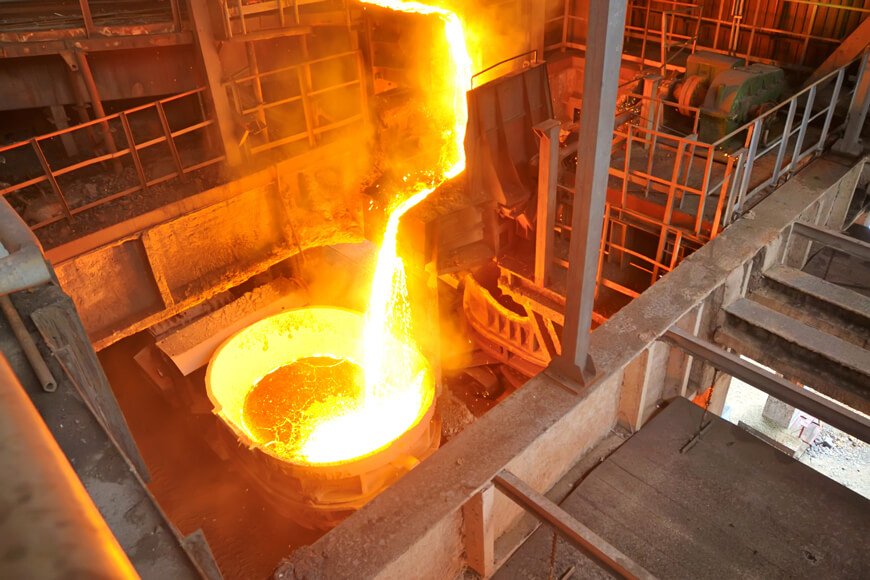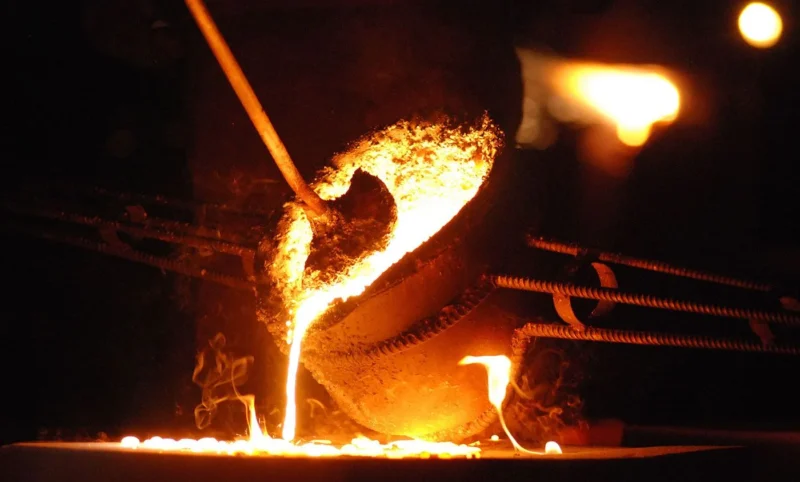Metal casting is an important process in manufacturing, allowing for the production of complex parts with excellent repeatability and accuracy. However, it can also be a risky endeavor due to the inherent variability of the materials used and the potential for flaws during production.
In this article, we will explore common challenges in metal casting production and ways to overcome them. From design considerations to material selection, proper steps must be taken to ensure that your cast part meets all expectations.
By understanding these issues ahead of time and taking actionable steps toward resolution, you can create superior end products with greater reliability and less hassle along the way.
Identifying and Controlling Variables in the Process
When it comes to metal casting production, identifying and controlling variables is essential to ensure success. To begin with, the material used for casting must be carefully chosen based on the intended purpose of the finished product.
Additionally, understanding how different elements interact and affect one another is key to achieving a successful outcome. This includes taking into account factors like temperature changes while considering their potential impact on the final product’s shape or strength.
In terms of controlling these variables, utilizing equipment that can accurately measure and adjust temperatures as needed during production can help keep things running smoothly. Furthermore, having access to up-to-date information regarding any changes in material properties or other environmental conditions can help prevent issues down the line.
Finally, employing an effective quality control system will also assist in ensuring consistency across every batch of castings produced. Overall, effectively identifying and controlling variables throughout each step of metal casting production is essential if manufacturers wish to overcome common challenges found within this process.
Optimizing Melt Temperature for Optimal Performance

Optimizing melt temperature is a crucial element of successful metal casting production. To ensure optimal performance, manufacturers must consider the precise melting point, as temperatures that are too high or too low can have disastrous effects on the finished product.
High temperatures can lead to increased shrinkage and porosity in castings, while lower temperatures can cause inadequate filling of molds and incomplete fusion between parts. As such, producers need to find an ideal balance between these two extremes by carefully monitoring their furnace temperature readings throughout the process.
Additionally, they should also take into account other factors which influence melting points such as alloy composition and mold design when selecting appropriate working parameters for their applications. By considering all these things during casting setup procedures, manufacturers will be able to achieve maximum efficiency in their operations without compromising quality standards.
Minimizing Waste and Non-Value-Added Steps
When it comes to metal casting production, minimizing waste and non-value-added steps is key. Optimizing the process for efficiency can help reduce cost and time while maintaining product quality.
Implementing a lean manufacturing system with standardized procedures can eliminate redundancies in production and streamline operations. Utilizing automation also helps reduce manual labor, saving resources while ensuring consistent results.
Additionally, analytics tools can be used to track progress and identify areas of improvement quickly so that manufacturers have visibility into their processes at all times. By taking proactive measures such as these, metal casting companies can achieve greater efficiency by reducing wasted energy, materials, and labor costs associated with inefficient methods of production.
Troubleshooting Common Defects in Castings

Troubleshooting common defects in castings is one of the most important aspects of metal casting production. To successfully overcome any challenges, it is essential to be aware of the various possible problems that can arise in the process.
The most commonly encountered issues involve porosity and shrinkage due to incorrect alloy selection or lack of adequate venting during production. Other potential issues include misalignment, poor surface finish, improper core placement, and faulty gating systems.
Additionally, low fluidity caused by high temperatures or too little mold release may also cause defects in castings. To minimize these types of errors while producing metal castings, several steps must be taken.
First and foremost, using an appropriate alloy will help reduce problems such as porosity and shrinkage from occurring. Secondly, proper procedures should be followed when calculating how much mold release needs to be applied on each part being produced for optimal fluidity conditions whilst preventing defects like misalignment from occurring.
Finally, ensuring accurate core positioning along with a well-designed gating system will help produce fully formed parts with consistent surface finishes every time without flaws. By following these steps diligently when troubleshooting common defects in castings during metal casting production processes manufacturers can avoid costly mistakes while achieving successful results at all times!
Conclusion
Metal Casting production is a complex process, but it doesn’t have to be daunting. By addressing common challenges such as design complexity, material selection, and dimensional accuracy, metal casting can become an efficient and reliable method of production. By taking the time to consider each challenge individually and with the help of experts in the field, any manufacturer can navigate these issues more easily.
With this knowledge in mind, manufacturers are better equipped to leverage metal casting for their industrial needs.


